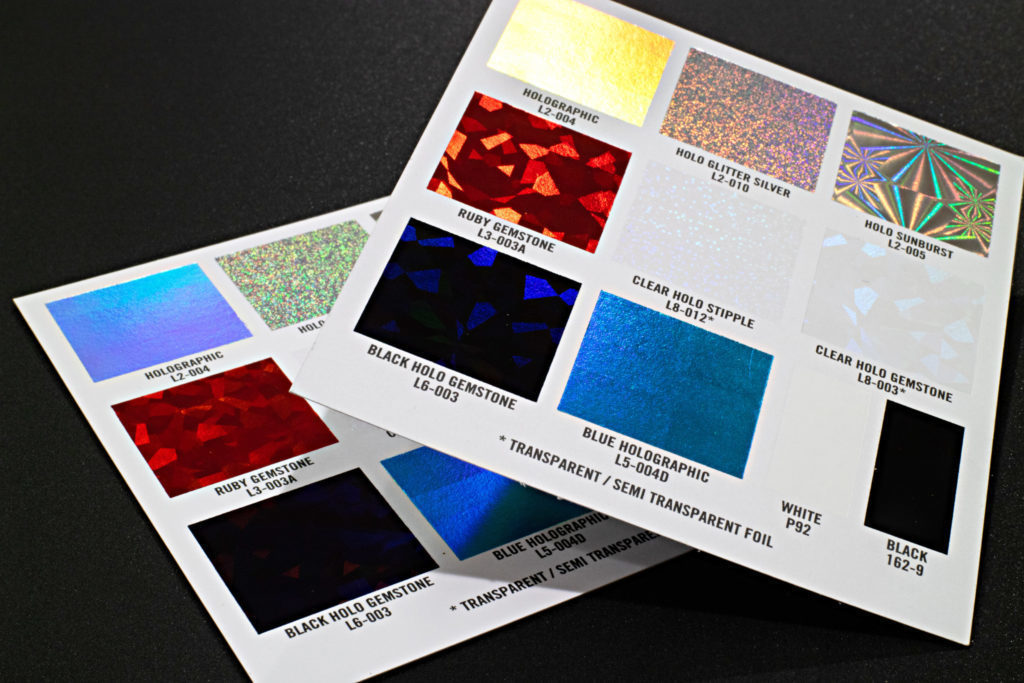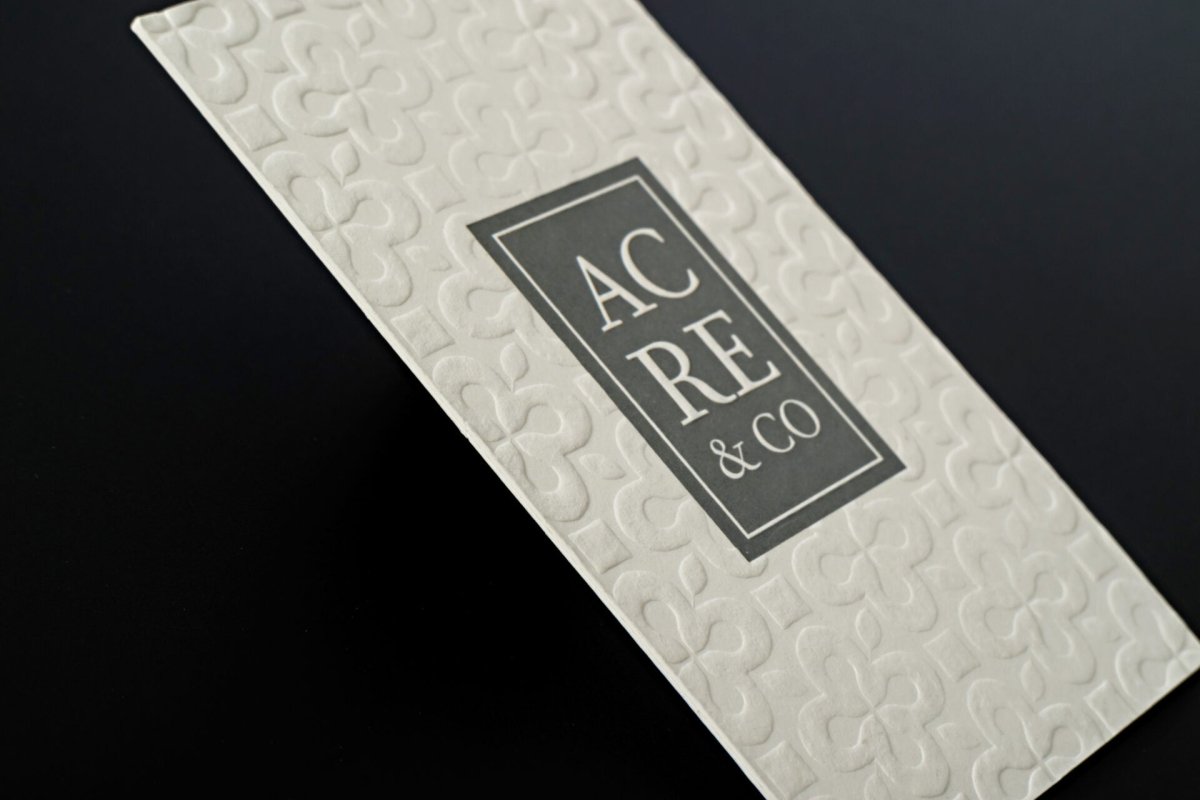Step-By-Step Guide to Getting the Best Logo
adminShare
Your logo is the first impression people get of your brand.
It's a visual representation of what your company's all about.
Get it right and you attract positive attention, generate interest, and make sales.
Get it wrong and you'll confuse customers, alienate them, and miss out on all fronts.
We're going to help you figure out the best logo for your brand, based on principles that have been in use for eons. But first, it's important to understand why you need a logo and what it can do for your business.
You've got a great company name, incredible products and services, so why is it so important to have a logo too? A logo does more for your company than you might think. It's the perfect marketing machine for enticing new customers, retaining old customers, and getting your brand message out.
That's actually a pretty complex question to answer. The truth is, an effective logo is completely dependent on the goals of the brand and every brand has unique needs. The first step in creating the perfect logo is describing your brand in the following terms:
Now that you've defined your brand, you need a little background in logo design principles. This will help you communicate your vision to your logo designer and make the process smoother for everyone.
At this point you have a pretty good understanding of what your brand message should be, how you want it to be conveyed, the style of logo you like best, and you've chosen your colors, shapes, and fonts. Now what?
There are a myriad of tools available for a person to create their own logo. While it might be tempting to save money by doing it yourself, but cheap doesn't always mean better. You can create your own for anywhere between $10 and $300, or hire someone for a low-end of $300 upwards of $2,500. Keep in mind that if you do it yourself, you're unlikely to get the professional results you want and need. Besides, you're already busy with the daily activities and tasks necessary to keep your business running. If you can afford a professional, hire one, you'll be happier with the results, and it will be a more effective, memorable logo in the end.
It's a visual representation of what your company's all about.
Get it right and you attract positive attention, generate interest, and make sales.
Get it wrong and you'll confuse customers, alienate them, and miss out on all fronts.
We're going to help you figure out the best logo for your brand, based on principles that have been in use for eons. But first, it's important to understand why you need a logo and what it can do for your business.
Why Is a Logo So Important?
You've got a great company name, incredible products and services, so why is it so important to have a logo too? A logo does more for your company than you might think. It's the perfect marketing machine for enticing new customers, retaining old customers, and getting your brand message out.
- Enticing New Customers - Your logo is the first impression new customers get of your business. It communicates what you do and how you do it. It also tells them a lot about your brand's personality and company culture.
- Reassures Existing Customers - Think of your logo as the anchor that holds your brand together. Every time a customer sees it, whether in print, online, or in your store it reinforces brand recognition. That leads to brand loyalty and advocacy.
- Sets Your Brand Apart - A unique logo helps distinguish your business from your competition. Even if you're basically selling the same products and services, the last thing you want is for customers to confuse you with the other guy.
What Makes a Logo Effective?
That's actually a pretty complex question to answer. The truth is, an effective logo is completely dependent on the goals of the brand and every brand has unique needs. The first step in creating the perfect logo is describing your brand in the following terms:
- Brand Mission - What are your brand's goals? These are often reflected in the company mission statement, About Us web page and company literature.
- Brand Values - What are your business's core values? What are your social, environmental, and business beliefs and policies?
- Brand Personality - What kind of image do you want to portray? Are you a serious, trustworthy company, or more of a fun, laid-back brand?
- Market Position - Where does your brand line up against the competition? What qualities are you best known for, for example, high quality products, excellent service, or lowest prices?
- Brand Voice - What language do you use in your brand messages, advertising, company handbooks, and other documents? Is the language easy going and common, or professional and high-end?
Fundamental Steps of Great Logo Design
Now that you've defined your brand, you need a little background in logo design principles. This will help you communicate your vision to your logo designer and make the process smoother for everyone.
- Decide What to Emphasize - What's the most important thing you want your logo to communicate about your company? This could be what you do, your industry, value proposition, or an emotion you wish to invoke. If you're not sure, start by writing down your main objectives and then order them from most important to least.
- Choose a Logo Style - What type of imagery best suits your brand? Will it benefit more from a classic, retro, handcrafted, material, or minimalist design? That depends solely on the brand image you want to convey. A high-tech company might benefit more from a minimalist design whereas a craft brewery might be better served by a handcrafted logo.
- Choose a Logo Type - This is a tough one to decide. There are seven commonly used types of logos including lettermarks, wordmarks, pictoral marks, abstract marks, mascots, combination marks and emblems. What works for a high-end women's clothing brand won't necessarily work for a children's toy store. Pick one that not only suits your brand name, but also your industry and products.
- Color, Shapes, and Fonts - What you decide here should be based on the feeling and message that you want to get across. Whether your brand is bold and aggressive, or soft and comforting, choose colors, shapes, and text that convey that feeling. Otherwise you risk confusing customers by giving off the wrong vibe. For example, you don't want to use aggressive red colors for a relaxing spa retreat.
Beyond the Basics of Logo Design
At this point you have a pretty good understanding of what your brand message should be, how you want it to be conveyed, the style of logo you like best, and you've chosen your colors, shapes, and fonts. Now what?
- Consider Where the Logo Will Appear - If your logo looks good on a computer screen, but loses its impact when scaled up to a billboard, or down to a business card, try again. It needs to be consistent and easily recognizable no matter where it's used.
- Remember Who You're Targeting - Just like every other aspect of your business, you have to take into consideration how your customers will feel about your logo. Ask yourself what your ideal customers will think. Will they understand it and embrace it, or be confused and reject it?
- Ask For Feedback and Input - You might think that you've got the best ideas, and that your design is perfect, but don't be so quick to judge. You're too close to the problem to be objective. Seek the advice of colleagues, friends, family, and customers and take their advice and criticisms to heart.
Self-Designed or Professional Logo?
There are a myriad of tools available for a person to create their own logo. While it might be tempting to save money by doing it yourself, but cheap doesn't always mean better. You can create your own for anywhere between $10 and $300, or hire someone for a low-end of $300 upwards of $2,500. Keep in mind that if you do it yourself, you're unlikely to get the professional results you want and need. Besides, you're already busy with the daily activities and tasks necessary to keep your business running. If you can afford a professional, hire one, you'll be happier with the results, and it will be a more effective, memorable logo in the end.


